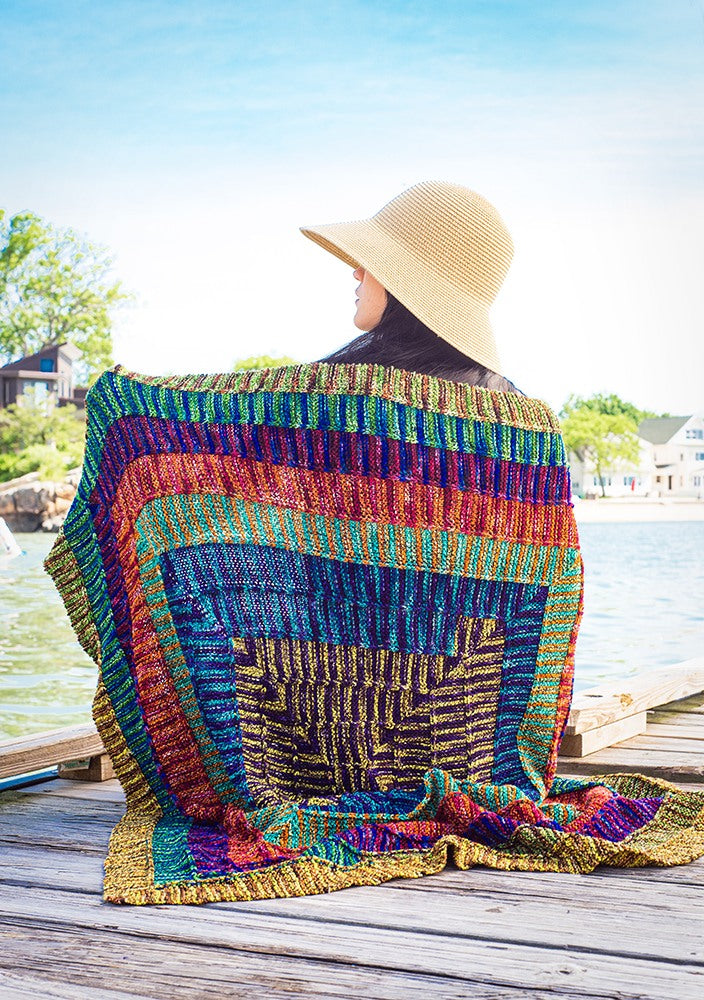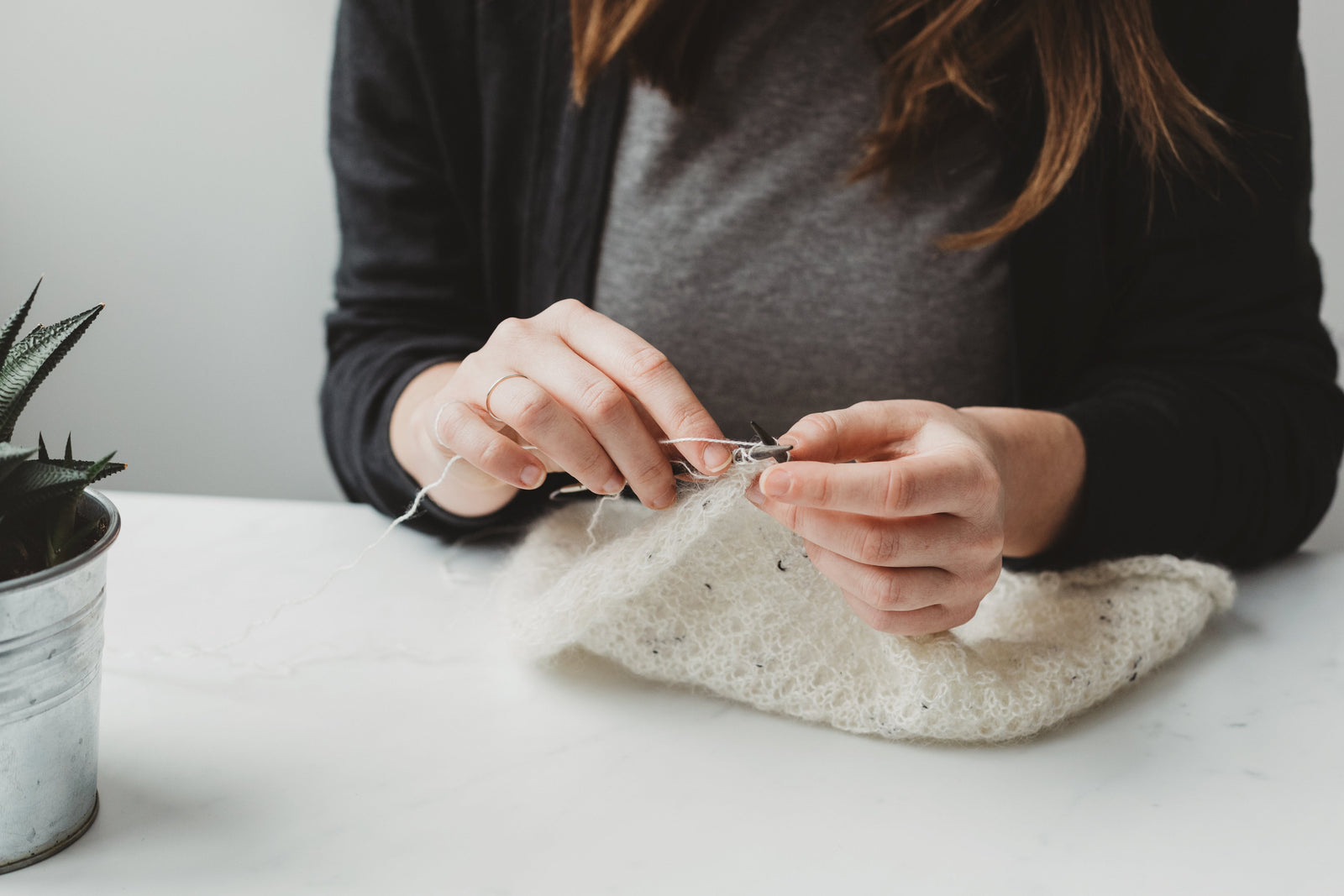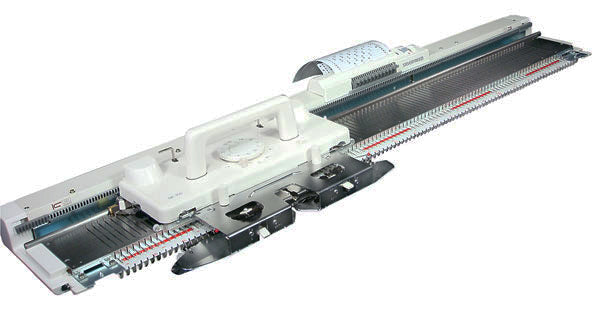Your Cart is Empty
60% OFF SITEWIDE - just add to cart to see savings in checkout - ALL SALES FINAL
Slip stitch is a basic knitting technique that is commonly used to create an even edge on your finished garment. It is also used to create shaping or patterns within a garment. When a knitters slips a stitch, it means that they move a stitch from the left needle to the right needle without knitting, purling, or twisting it.
When you are knitting a pattern and see that it calls for a slip stitch, it will usually be specified whether to slip the stitch knitwise or purlwise. If it doesn't specify, assume that you should slip the stitch purlwise. Slipping a stitch may feel like you are making a mistake- after all, knitters work hard to make sure that every stitch is perfect. Once you learn to combine slipped stitches as design elements, you have unlocked a new door in the knitting world. Here are the most common ways to slip the stitch.
The honeycomb effect is just one of the fabulous new knitting features you can create by using the slip stitch.
When your pattern specifies that you should slip the stitch purlwise, the right needle will be inserted into the next stitch on the left needle, as if you were to purl. The yarn will remain in back of the work. Rather than purling, move the stitch to the right needle.
When you are directed to slip the stitch knitwise, you will insert the needle as if to knit, but then transfer it from the left needle to the right needle without knitting. You will notice that this will cause the stitch to be twisted.
There are several styles of slipping stitches and they include:
Some patterns will call for the slipped stitches to be picked up and incorporated into a stitch on the next row. This is referred to as a tuck stitch. A knit tuck stitch requires you to hold the working yarn in back of the stitch and, with the left needle, catch the slipped stitches on the back or front of the next long stitch. Then, the slipped stitches are knitted together with the next stitch. With a purl tuck stitch, you will hold the working yarn in front of the stitch. With the left needle, catch the slipped stitches on either the back or front of the next long stitch and then purl them together with the next stitch.
Learning the slip stitch is simple and will allow you to incorporate new designs and a layer of complexity to your knitted garments.



